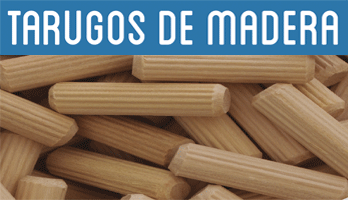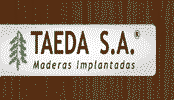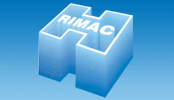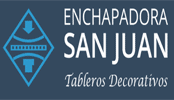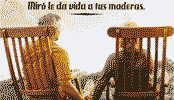
En mayo realizan las terceras jornadas celulósicas papeleras de la AFCP
Será los día 17, 18 y 19 de mayo en Parque Norte
"Las Jornadas no son sólo un espacio dedicado a la actualización del conocimiento en temas muy afines a nuestra actividad, sino que se constituyen también como un lugar de encuentro de productores, usuarios y proveedores de nuestra industria", señalan desde la organización.
En esta oportunidad, contarán con paneles formados por especialistas en temas de gran interés, tales como la problemática energética y la medioambiental; se asistirá a presentaciones en innovación guiados por prestigiosos investigadores de nivel internacional, así como de importantes proveedores de la industria; se potenciará el conocimiento sobre el manejo del reciclado en un país líder en la materia; y se darán a conocer, de boca de directores comerciales de la región, el rumbo que ha tomado y tomará la producción de celulosa.
Además, "veremos con especialistas nacionales las expectativas en cada uno de los materiales en que se divide nuestra actividad, y participaremos de una entrevista que nuestro espacio AFCP Joven ha programado con un reconocido economista", invitaron desde la Asociación de Fabricantes de Celulosa y Papel, organizadora del encuentro.
Durante el tercer día se realizarán visitas a plantas industriales de la región: Interpack-Papelera del Sur (Tornquist, Provincia de Buenos Aires) y Arauco Argentina (Puerto Esperanza, Provincia de Misiones).
Ingresando a la página web www.afcparg.org.ar/JCP2017 los interesados encontrarán el programa y las referencias necesarias para la inscripción.
Contacto: afcparg@afcparg.org.ar o al +54-11-4931-0051.

IT MAY INTEREST YOU
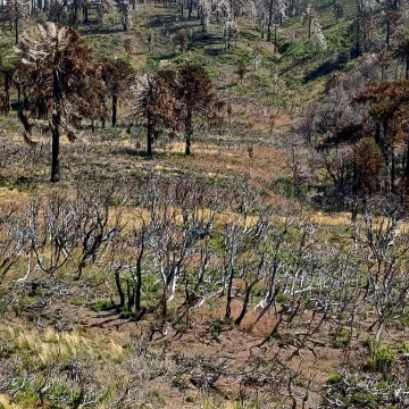 Specialists from 10 provinces develop forest landscape restoration strategies throughout the country
Specialists from 10 provinces develop forest landscape restoration strategies throughout the country
The program is developed by researchers from INTA, Conicet and the Argentine Wildlife Foundation.
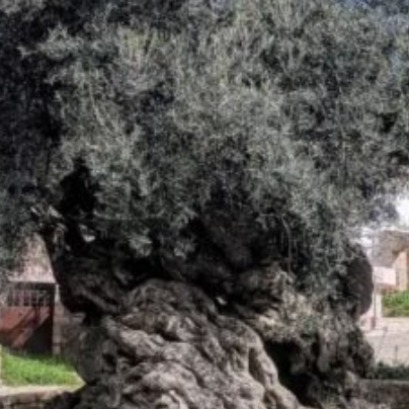 Experts cant believe it, but this tree is the oldest in the world and continues to bear fruit: it is 4,000 years old.
Experts cant believe it, but this tree is the oldest in the world and continues to bear fruit: it is 4,000 years old.
Nature keeps secrets that defy the passage of time, and one of the most surprising examples is a tree that, approximately 4,000 years old, continues to bear fruit today. This specimen has become a symbol of resistance and longevity, capable of surviving climate changes, landscape transformations and human activity itself.
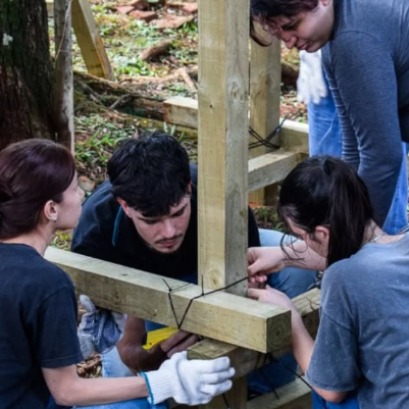 Architecture with identity: university students from Argentina and Paraguay design and build with missionary wood
Architecture with identity: university students from Argentina and Paraguay design and build with missionary wood
The Faculty of Art and Design (FAyD) of the National University of Misiones (UNaM) hosted the inauguration of the first edition of “Yvyvyrá: territory, matter and architecture”, an international workshop that promotes learning, experimentation and architectural design using wood and other materials typical of the biomes of the Atlantic Forest (Paranaense Forest) and the Humid Chaco.













